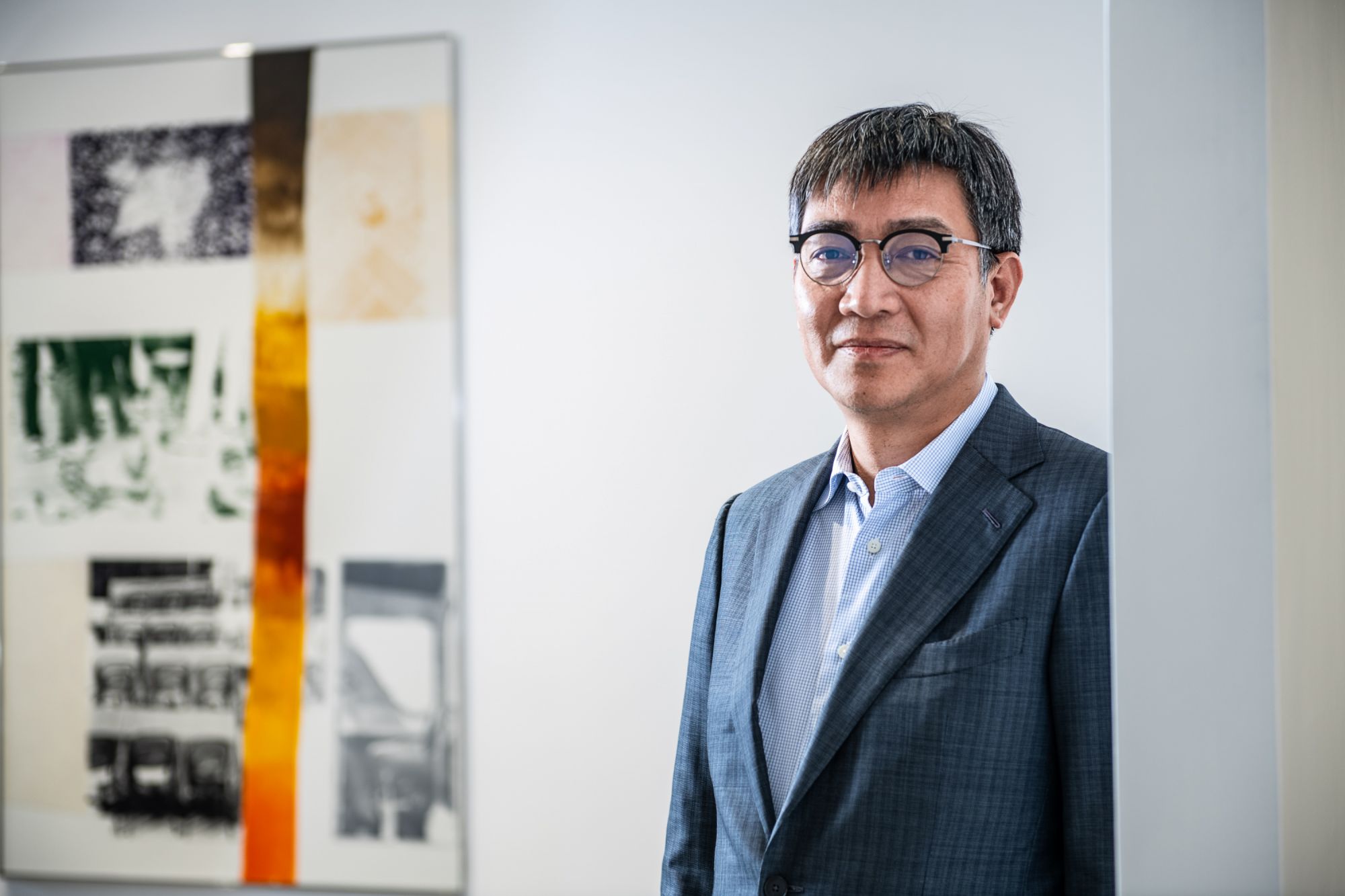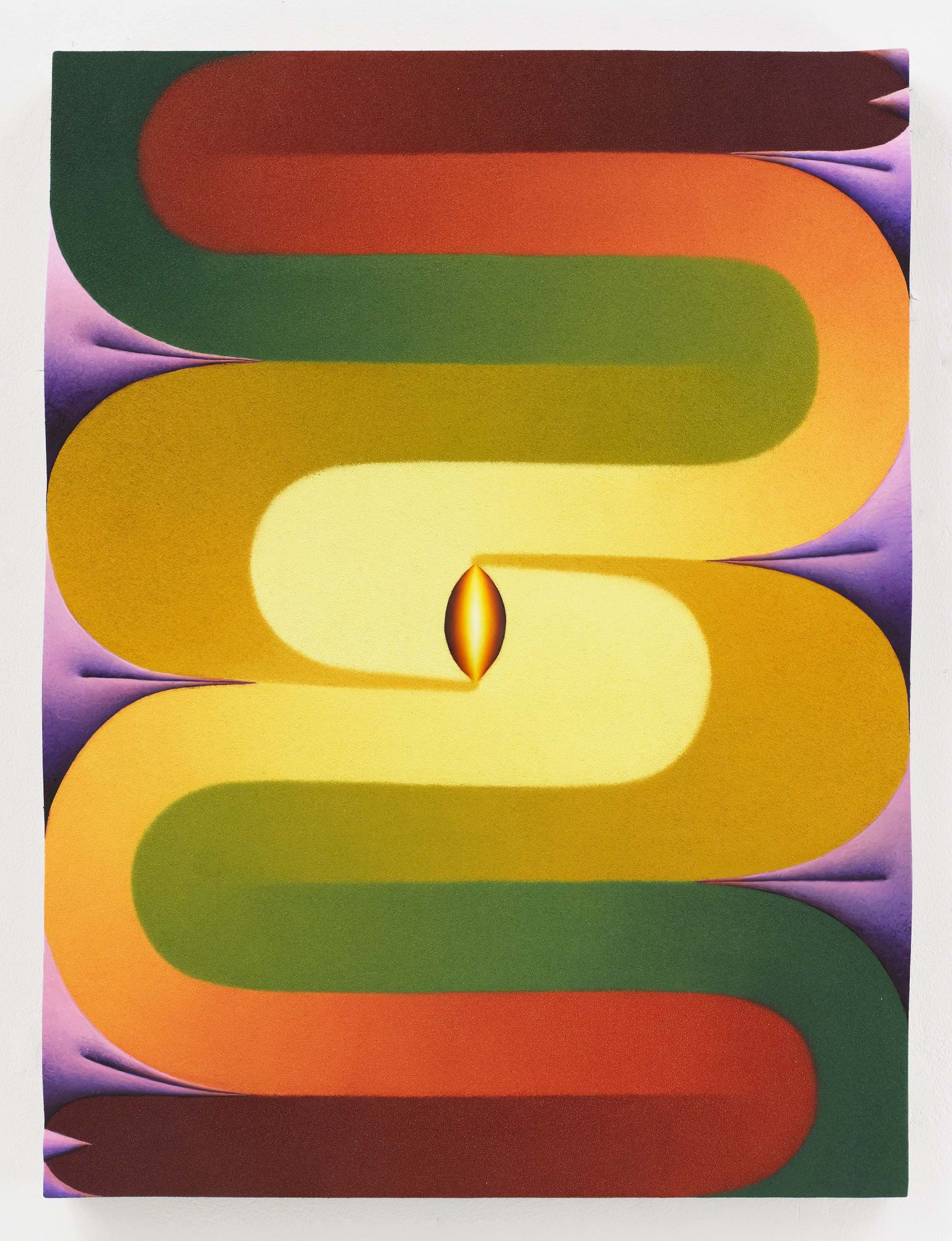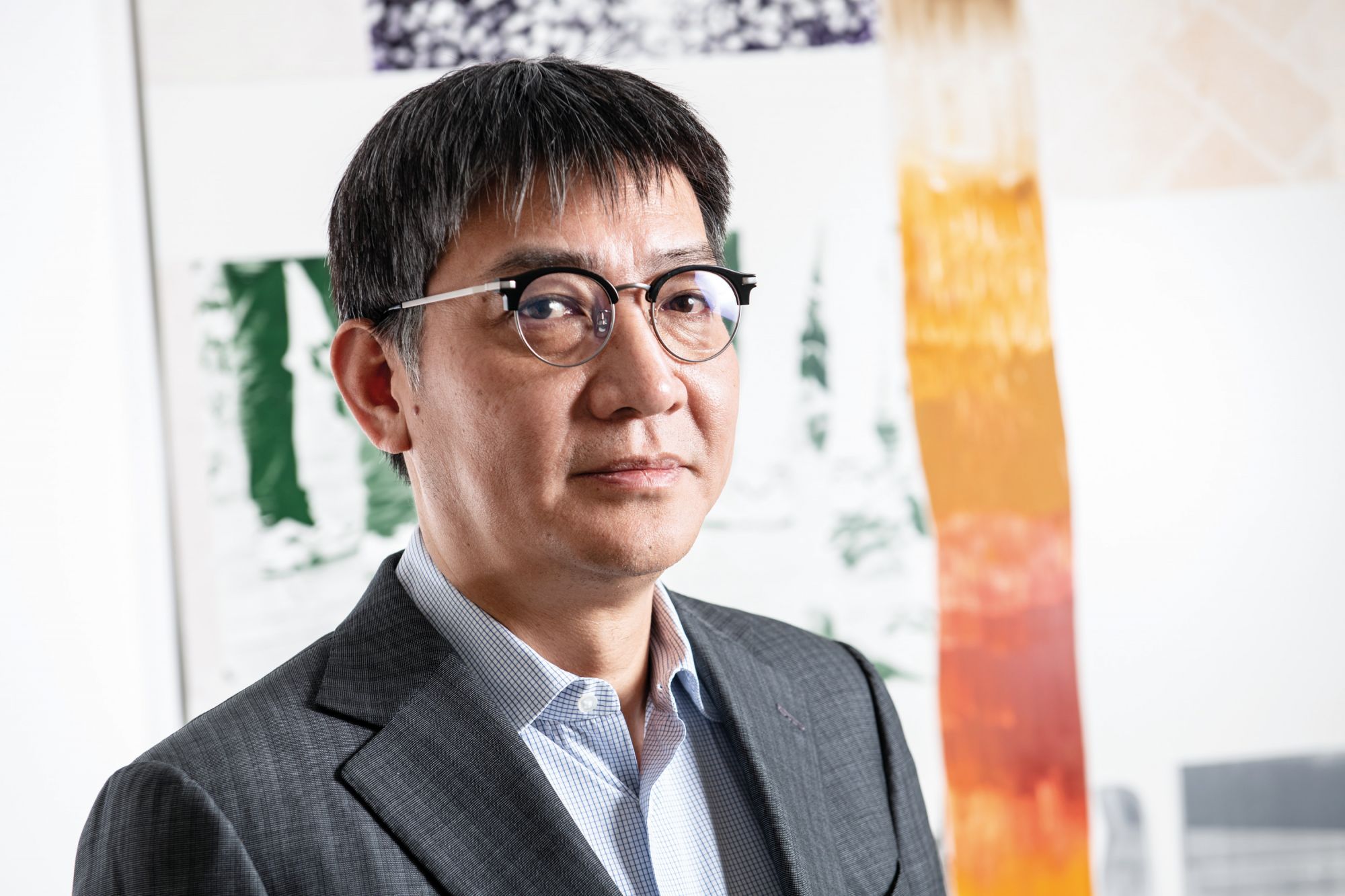Over the past ten years, Leng Lin of Pace Gallery has watched Hong Kong transform from cultural backwater into an art-world capital. He shares some of his stories—and reveals what Pace is working on next
This year marks the 10th anniversary since Pace Gallery first began working in Asia—and what a decade it’s been. Pace, which was founded by Arne Glimcher in Boston in 1960 and now has outposts around the world, opened the doors to its Beijing space in 2008, expanded to Hong Kong in 2014 and then earlier this year opened its second space in the city, this time in the H Queen’s art hub.
Leading Pace in Hong Kong and Beijing is Leng Lin, who has organised exhibitions in Hong Kong of both leading international artists—among them Yoshitomo Nara, Robert Rauschenberg and Alexander Calder—and rising stars such as Loie Hollowell and Qiu Xiaofei.
What was the first work of art that moved you?
Zhang Xiaogang’s "Big Family" from his Bloodlines series. In 1985, I saw Zhang’s work for the first time when I was a university student in Beijing and was immediately impressed. In his work there is a quiet, simple but deep mood that always moves me deeply.
In 1997, when he had a solo exhibition in Beijing, I met him in person. After he moved to Beijing, we got along very well, and I held his first solo show in New York in 2004. The exhibition helped me get to know him even more and understand his method of painting. Then I started representing him in 2004, when Pace presented new works in his solo exhibition In and Out.





